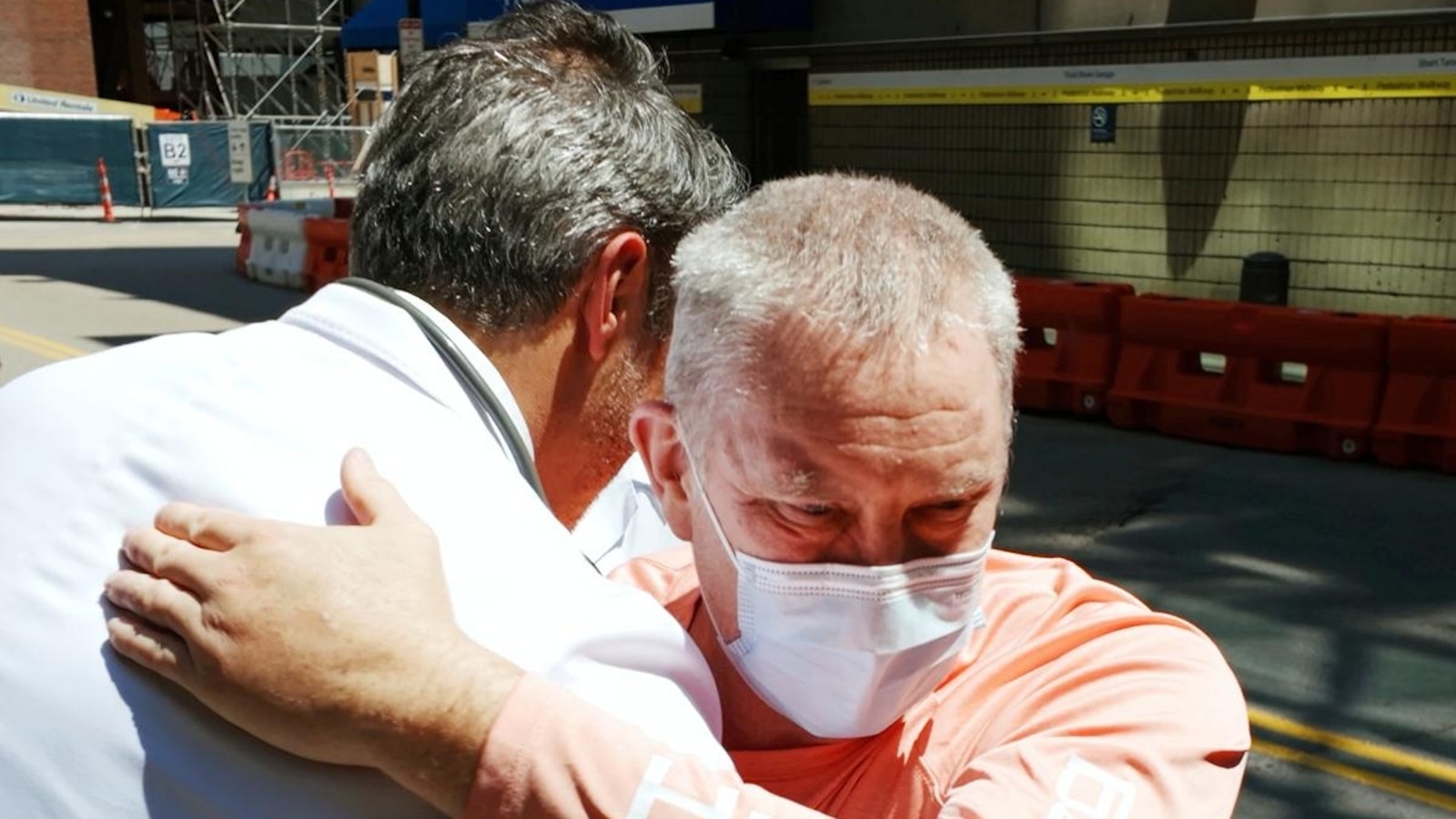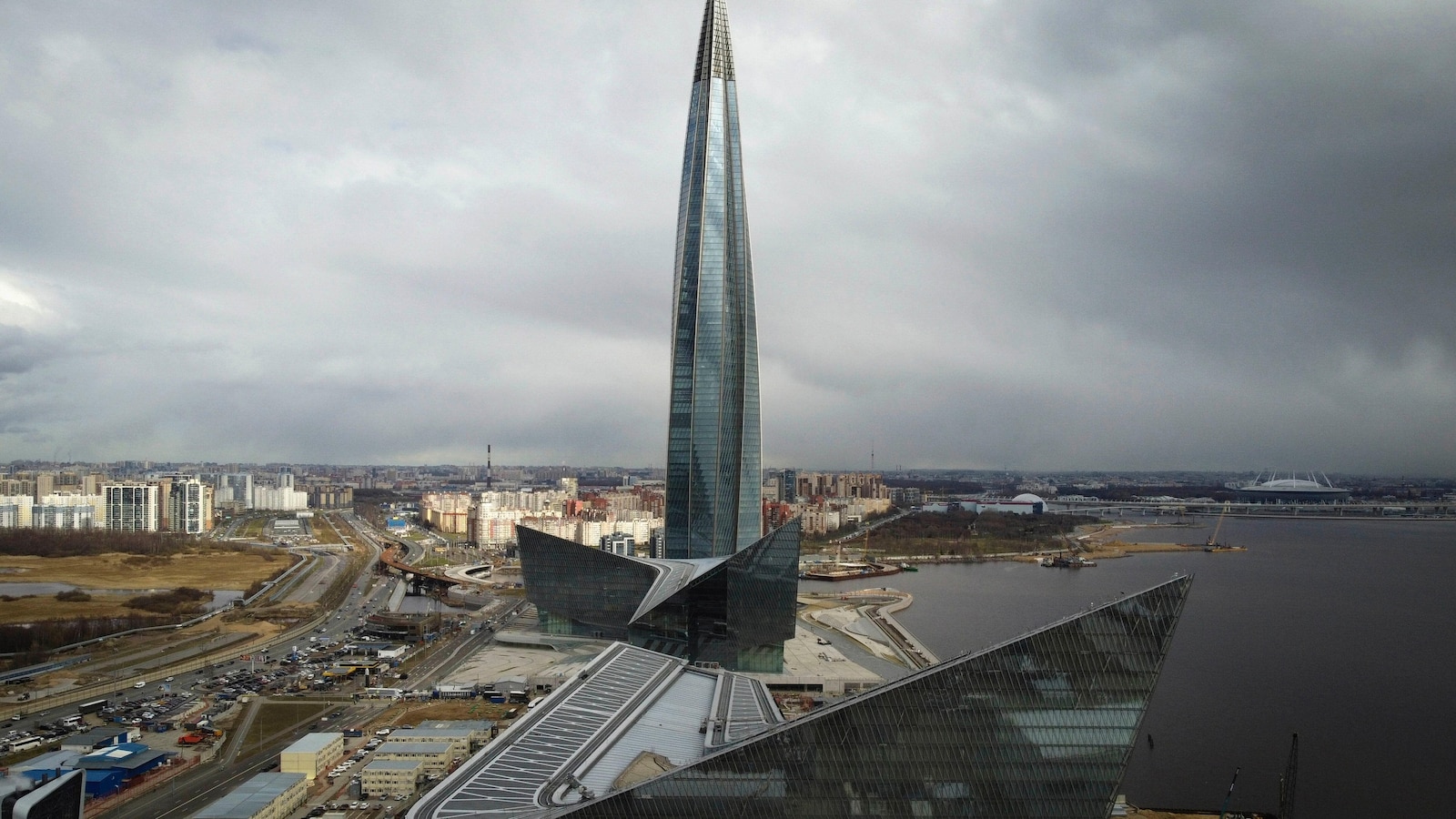The significance of these fossils lies not only in their age but also in the extraordinary circumstances surrounding their preservation. Experts believe that the young pterosaurs met their end during a catastrophic weather event, a storm so fierce that it would have reshaped the landscape and altered the course of life for many creatures in their vicinity. The delicate nature of their remains suggests a rapid burial, likely due to the sudden influx of sediment brought on by torrential rains and powerful winds.
Pterosaurs, often overshadowed by their dinosaur counterparts, were extraordinary beings that ruled the skies during the Mesozoic Era. Their evolution marked a significant milestone in the history of vertebrate flight, and the discovery of these baby fossils adds a crucial layer to our understanding of their life cycle. The fragility of their remains indicates that they were still in the early stages of development, relying on their parents for protection and sustenance.
The storm that claimed the lives of these young pterosaurs serves as a stark reminder of the forces of nature that have shaped our planet. Climate change, geological upheaval, and extreme weather events have been constants throughout Earth's history, and the fate of these creatures underscores the vulnerability of life in the face of such challenges. The fossils not only provide insight into the biology and ecology of pterosaurs but also evoke a sense of empathy for the struggles faced by ancient life forms.
Through meticulous analysis, paleontologists are piecing together the environmental conditions that prevailed at the time of the storm. The sediment layers surrounding the fossils reveal clues about the climate, vegetation, and other species that coexisted with these young pterosaurs. This multidisciplinary approach enriches our understanding of the ecosystem dynamics during the Mesozoic, illustrating the interconnectedness of life and the impact of environmental changes.
The implications of these findings extend beyond the realm of paleontology. They prompt us to reflect on the resilience of life and the ongoing challenges faced by species in today's rapidly changing environment. Just as the baby pterosaurs were caught in a moment of upheaval, contemporary creatures grapple with the consequences of climate change, habitat loss, and extreme weather patterns.
In conclusion, the discovery of baby pterosaur fossils, tragically lost to a violent storm, serves as a powerful narrative of survival, vulnerability, and the relentless forces of nature. As researchers continue to explore the implications of these findings, we are reminded of the intricate tapestry of life that has existed on Earth for millions of years, and the lessons we can draw from the past to inform our stewardship of the planet today.


















































 English (US) ·
English (US) ·